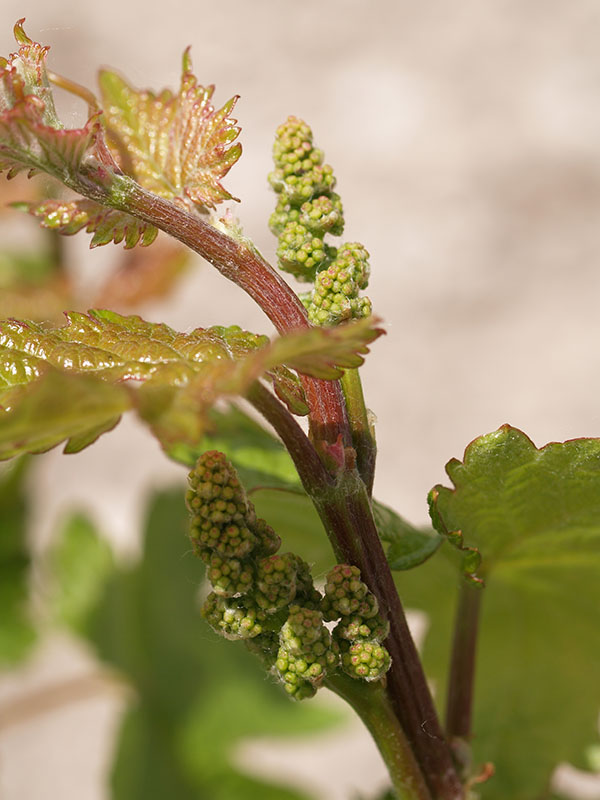

The vineyards are mainly located along a thin stretch of land – 5 or 6 km wide from east to west – running at a right-angle to the River Duero for some 15km from north to south.
Some vineyards are therefore on the high ground south of the Duero, in the area around Fompedraza and Canalejas, and in the lower areas on the hillsides leading to Peñafiel. Towards the northern area, the vineyards are located on low lands, near to the River Duero in Peñafiel, Pesquera and Bocos, and continue northwards on the hillsides of Pesquera, Piñel de Abajo and, at the northernmost end, Piñel de Arriba.
The vineyards at Paramo, Ladera and Vega are close to the Duero, which makes it possible to obtain grapes with different features that in turn can give the wines distinct characteristics.
One common feature shared by all the vineyards is their “poor” soil – with low levels of organic material – but high levels of lime, which makes it difficult to grow other crops. However, this type of soil means the vines can subsist thanks to their good roots, even being able to survive years of great drought.
The lands are generally difficult to irrigate and so most of the vineyards are on dry lands.
The low flatlands are generally covered in pebbly gravel or even sand. The higher moorland vineyards, with their varied clay contents, have soils that are either white and rich in lime or covered in rough limestone gravel.
The moors produce grapes with high acidity that are slower to mature and fruitier; the gravel lowlands provide very concentrated wines with great acidity; the hillside grapes mature sooner and produce wines that are well structured but have a lower level of acidity.

